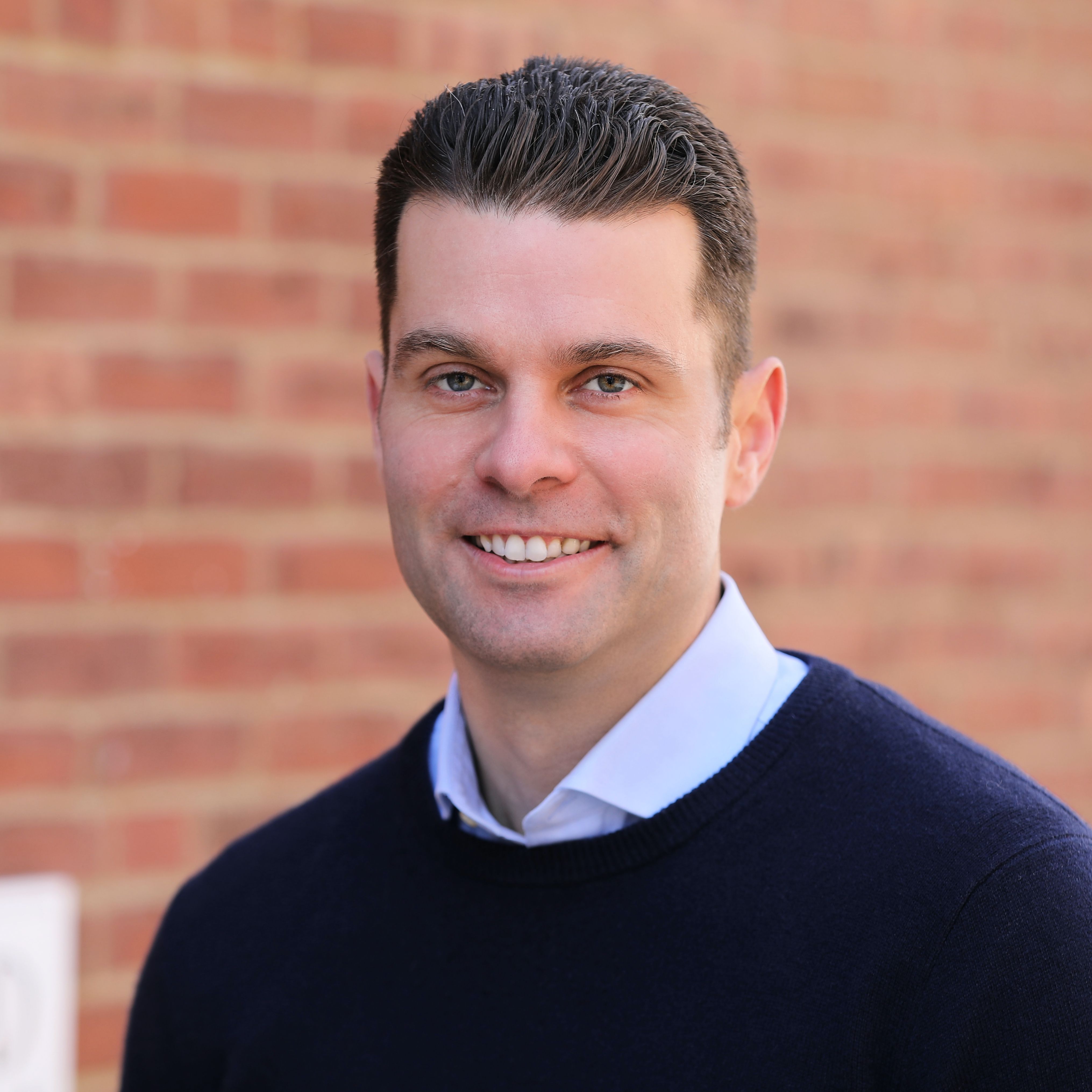- Sustainability
- DE&I
- Pandemic
- Finance
- Legal
- Technology
- Regulatory
- Global
- Pricing
- Strategy
- R&D/Clinical Trials
- Opinion
- Executive Roundtable
- Sales & Marketing
- Executive Profiles
- Leadership
- Market Access
- Patient Engagement
- Supply Chain
- Industry Trends
Bringing Neuroplastogens to the Window: Q&A With Delix CEO Mark Rus
Rus discusses his company’s work with neuroplastogens and how they differ from similar, psychedelic treatments.
Mark Rus
CEO
Delix

In recent years, there has been a growing interest in neuro-therapies, including psychedelics. Mark Rus, CEO of Delix, spoke with Pharmaceutical Executive about his company’s work studying and developing neuroplastogens and how it’s about more than just removing the hallucinatory elements from psychedelics.
Pharmaceutical Executive: Can you describe Delix’s work with neuroplastogens?
Mark Rus: Delix is mostly known from the ledger angle of removing hallucinatory or other things that limit the scalability in terms of what we’re seeing from the promising results from first- or second-generation hallucinatory psychedelics. In other words, we have tons of interesting anecdotal and clinical data for conditions ranging from PTSD, depression, and a host of others. The industry started in this sector in academia and now it’s moving into the clinic with psilocybin, MDMA, and other similar therapeutics. We hope a lot of people will be helped by the promise of those therapeutics, but when it comes to scalability and unlocking the underlining common element that causes those things to work, Delix is based on the premise that there is an underlying neuroplasticity store and actual repair is possible.
If you can unlock and scale that, you can really change the frame for a whole host or neuropsychiatric and neurodegenerative conditions. A year or two ago, The Economist described us as taking the fun out of fungi. What we’re really doing here is creating the world’s leading neuroplasticity company.
If you think of a tree, imagine that the trunk is a neuron. That would make the branches dendrites, and the leaves would be the synapses. Imagine a lush, interconnected forest: that’s like the cerebral cortex of the brain in normal circumstances. That’s what you want to see. We know a whole host of conditions, some extraneous, that overtime can manifest in things like anxiety or depression. These can sometimes manifest due to a traumatic event, such as PTSD or a brain injury. They cause the leaves fall to off the branches and the branches retract. Now imagine that forest is less lush and connected, which means that the synaptic density is gone or reduced.
My scientific co-founder and I were intrigued with why psychedelics seem to work so quickly and sustainably. This was back in 2015 or 2016 when there was a lot of smoke but not a lot of fire yet. There were academic papers, open label studies, and amazing patient testimonials, but not full clinical studies yet. We asked why and felt that structural and functional plasticity had to play a role in the story.
Since then, our company has progressed from academic paper publishing company to being in the clinic with our lead asset.
PE: Can you describe the state of the industry from the state of an emerging biotech?
Rus: As someone who’s worked with leading neuro teams of varying sizes and in various regions over the past 20 years, it’s strange for me to see all the current excitement and interest in neuro. It’s exciting and amazing. This is a culmination of a lot of great hard work over the years, while other areas (like oncology and rare disease) were at the front of the window. It’s one of the best times to be in neuro research, clinical development, and capital raising.
It's based on the fact that we’ve known for decades about the massive unmet needs in a range neuropsychiatric and neurodegenerative diseases. It’s a very hard thing to create therapeutics, drug to brain, in a scalable and safe way. We’ve made some great progress, however. The space is seeing interest from large pharma down to VC investors.
PE: Up until recently, it was believed that the hallucinogenic effects could not be separated from psychedelics, what changed that?
Rus: There were different ways of treating of depression, including everything from drugs to electro-convulsive therapy (ECT). Those things targeted different receptors in the brain and their mechanisms were different. Why did they all work and what was the common link? Those treatments worked when structural and functional plasticity changed occurred.
If you’re able to get on the right SSRI (you have to cycle through a few to find the right one), the time course of their efficacy relates to when you’re seeing plasticity changes occur. With psychedelics, they regrow the tree branches very quickly, in hours or days. Most importantly, they last. ECT, which has no hallucinatory properties, also generates rapid and sustained branch growth. Unfortunately, there’s a reason why ECT is not scalable, it’s not the most desirable treatment. If you ask any psychiatrist what they would recommend for depression, they will say ECT works well, but you want to try other things first.
The common thing between those things is what Delix is fascinated by. We’re known for removing hallucinatory component, but it’s not so we can create a psychedelic without the trip. It’s so that we can become a new type of neuro company that works on neurotransmitter modulation and then works on symptomatic improvement, whether in ADHD, depression, or other conditions.
Cell and Gene Therapy Check-in 2024
January 18th 2024Fran Gregory, VP of Emerging Therapies, Cardinal Health discusses her career, how both CAR-T therapies and personalization have been gaining momentum and what kind of progress we expect to see from them, some of the biggest hurdles facing their section of the industry, the importance of patient advocacy and so much more.
